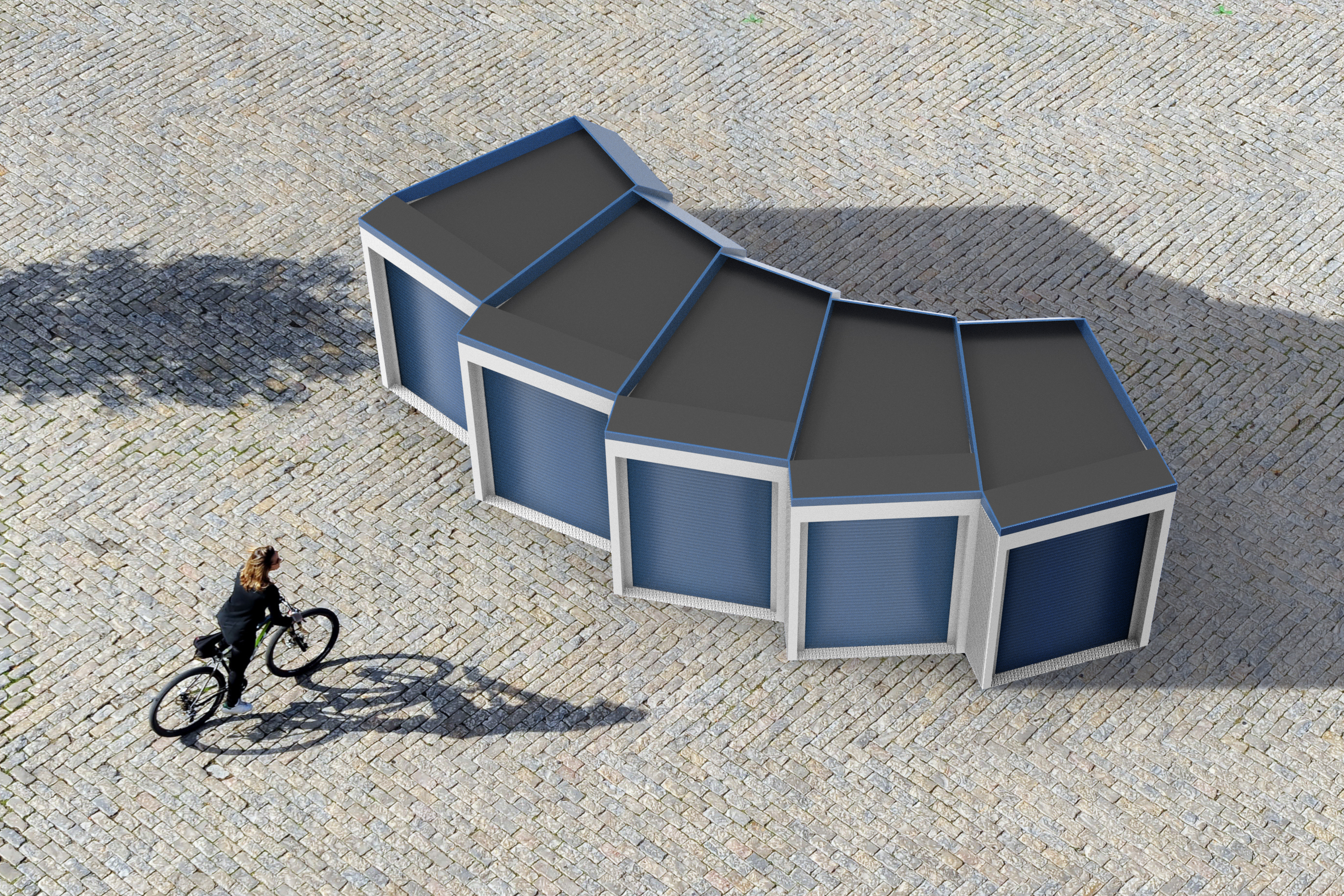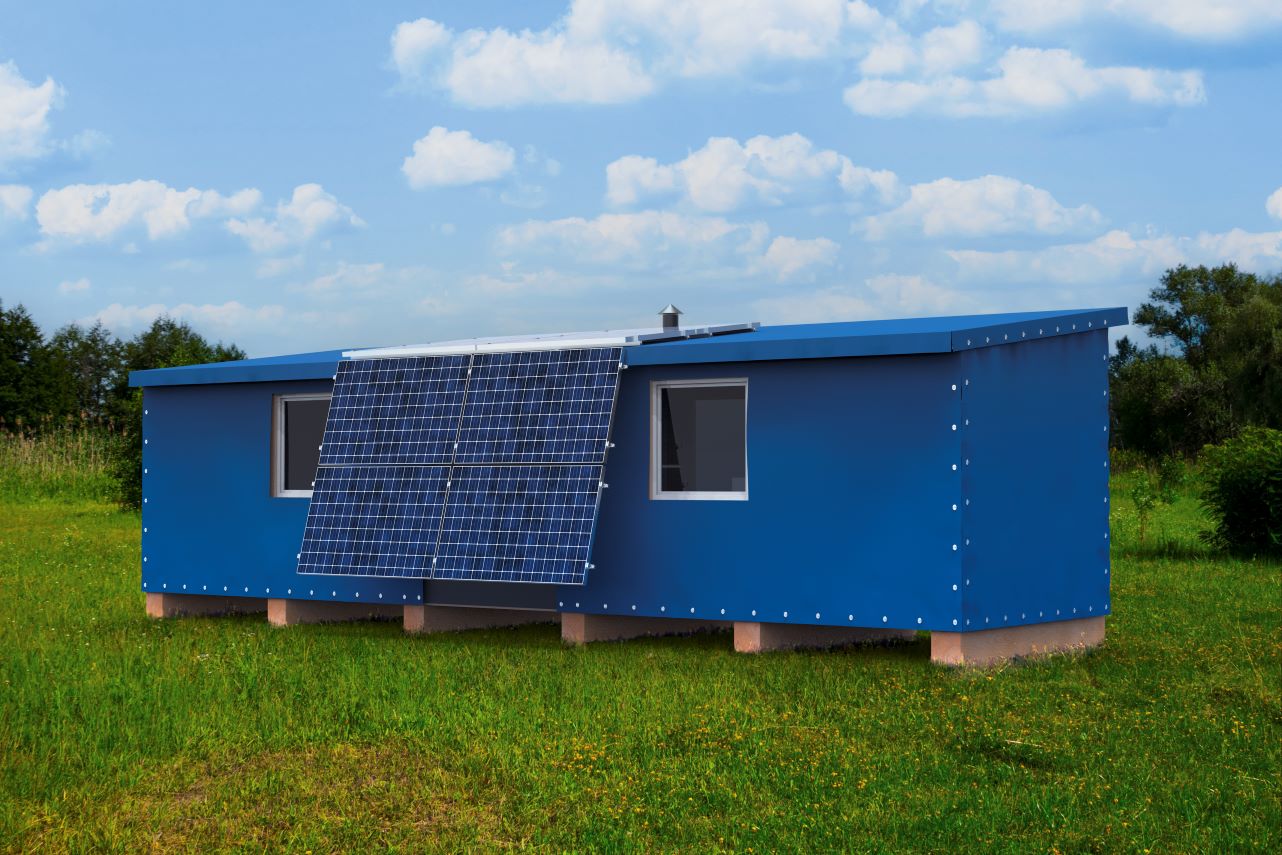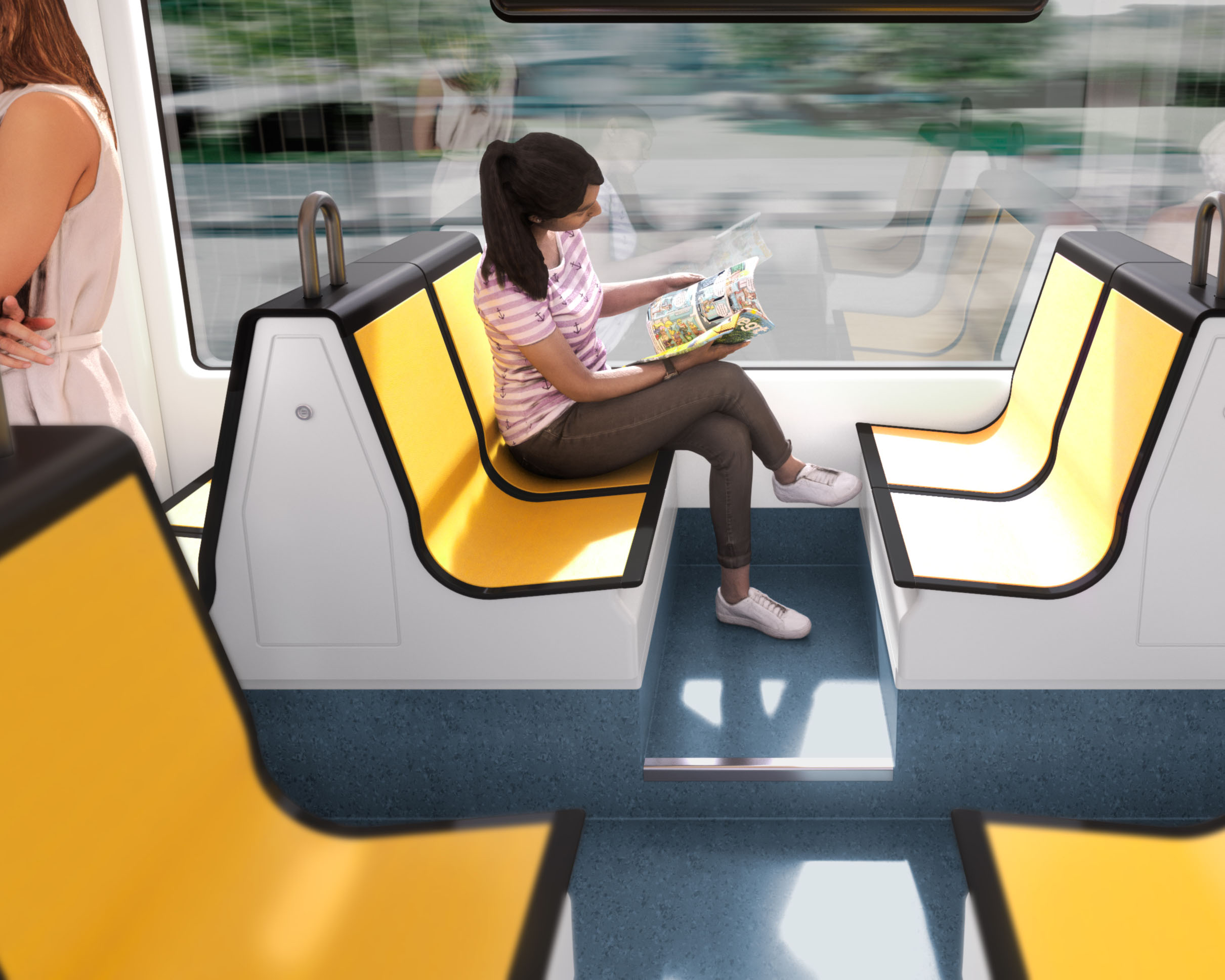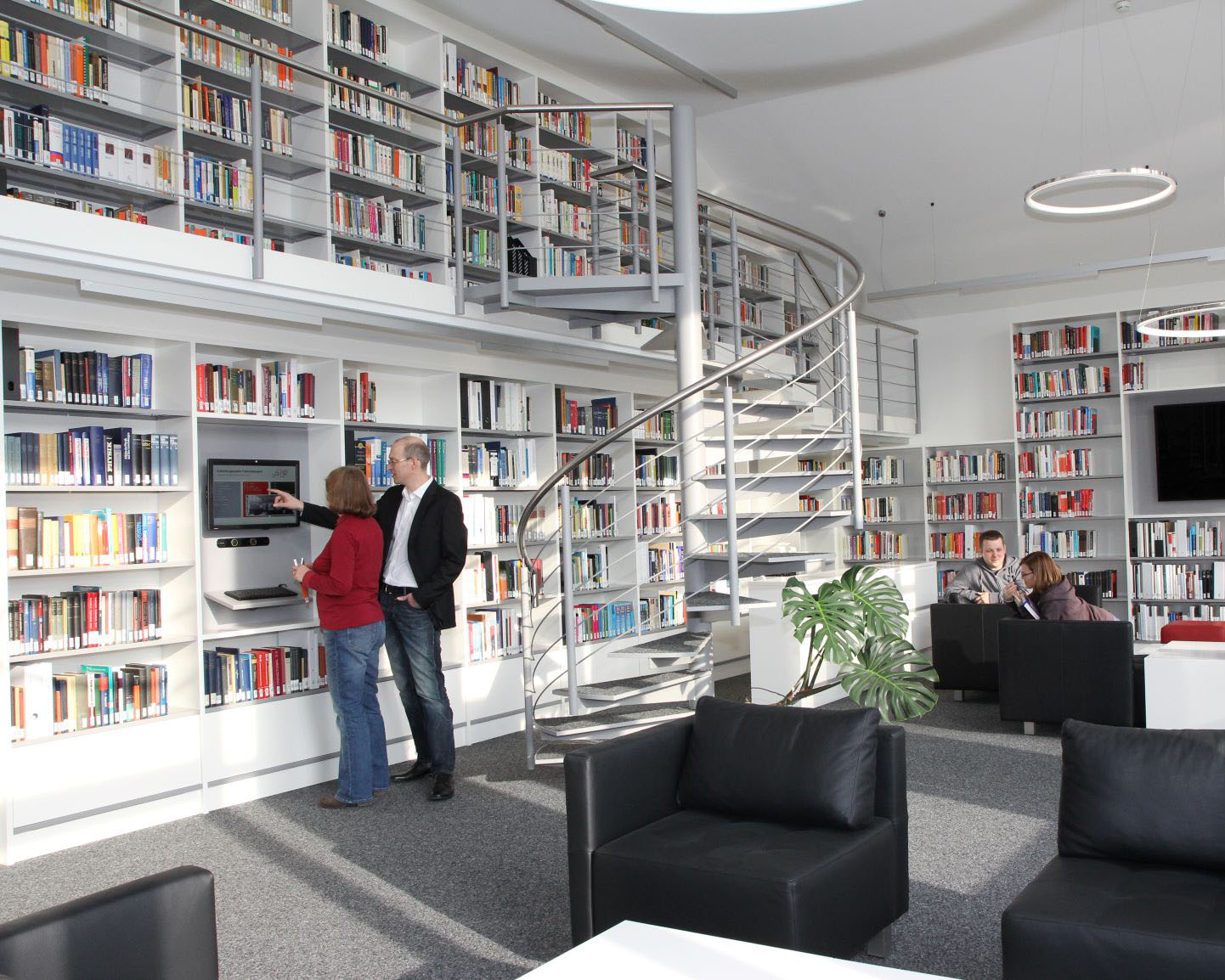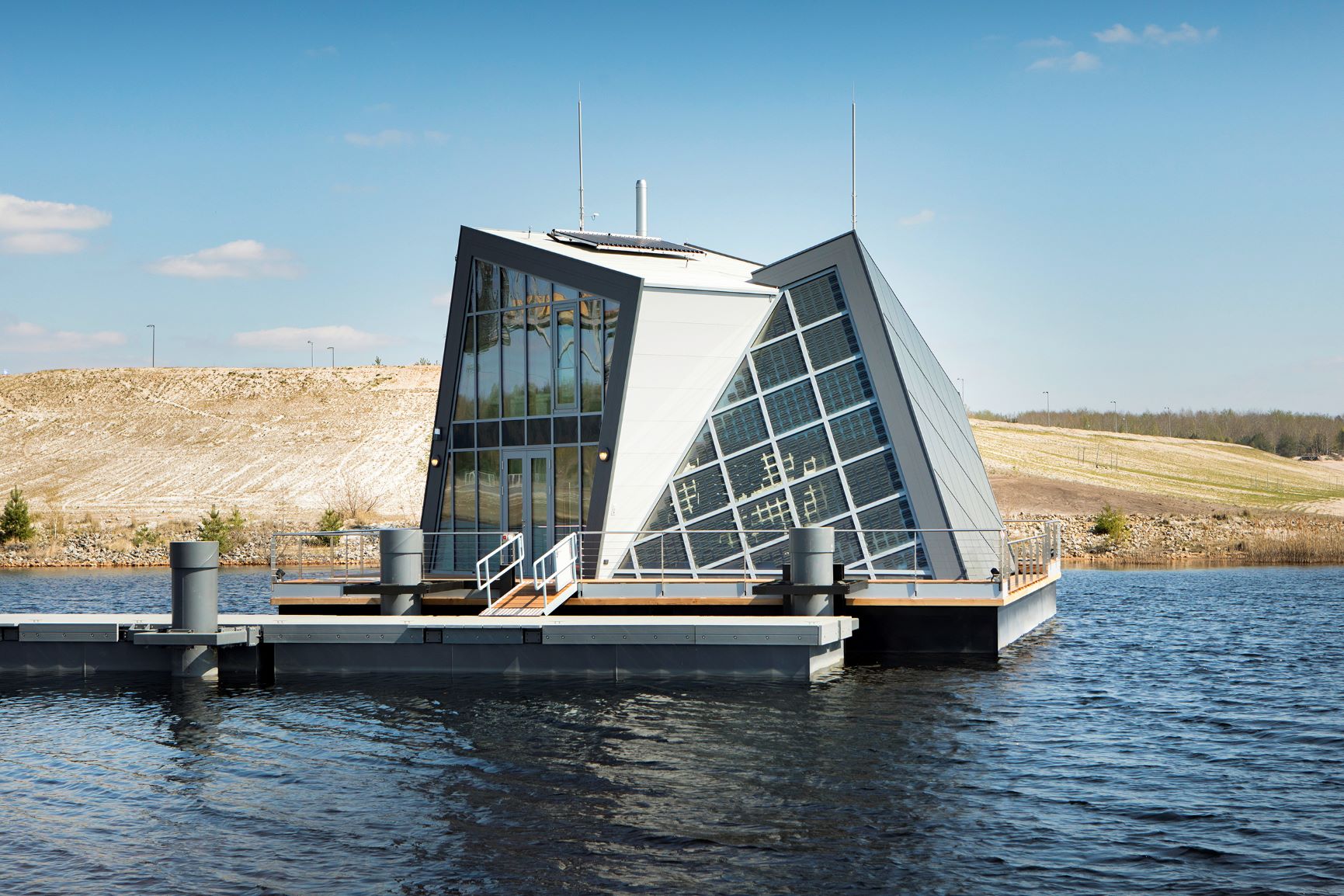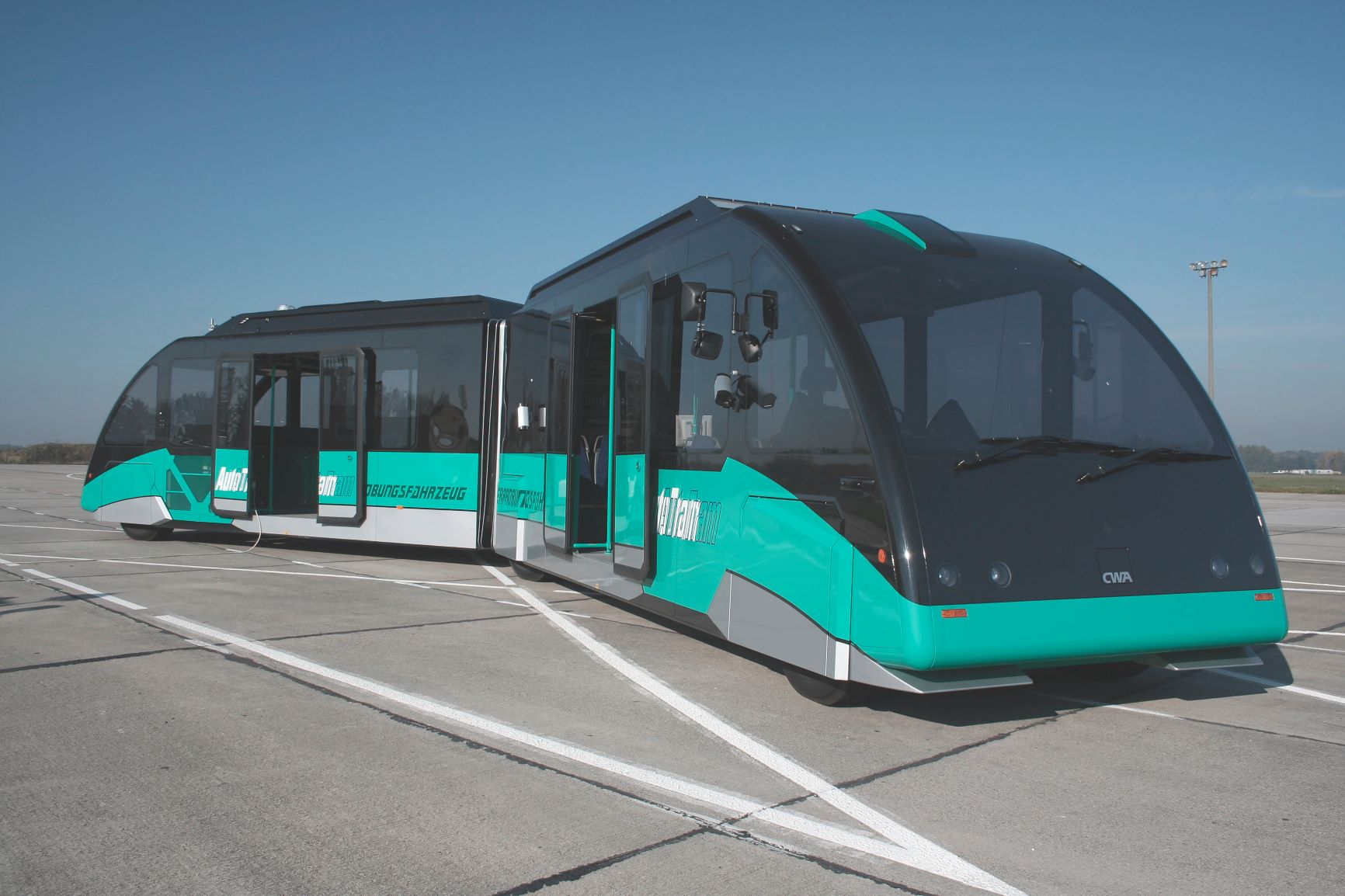When acquiring, developing and marketing new technologies, the aspect of design is gaining importance – also in the field of research. For several years, the Fraunhofer IVI has been integrating industrial designers and communication designers in their research activities in order to put more emphasis on aesthetic aspects. Owing to the positive experience from this development, the institute strongly supports the activities of the Fraunhofer Network »Science, Art and Design« which was founded in 2018. Through their close cooperation, the network benefits from the long-standing experience of two renowned design institutions: the Chair of Industrial Design Engineering at TU Dresden and Coburg University of Applied Sciences and Arts.
Examples from the areas product design, vehicle design, interior & exterior design as well as interface & interaction design are presented in the brochure »Designed by Fraunhofer«. It was edited under the management of the Fraunhofer IVI and published in 2020. The book »Architecture by Fraunhofer« (in German), published in 2021, provides insights into the architecture of Fraunhofer's institute and administration buildings, technical centers and research factories. The publication »Art and Science by Fraunhofer« (in German) from 2022 concludes the series as the third volume and provides an insight into the efforts to create a creative space and, as it were, a stage for the exchange between science and art in the Fraunhofer-Gesellschaft.
